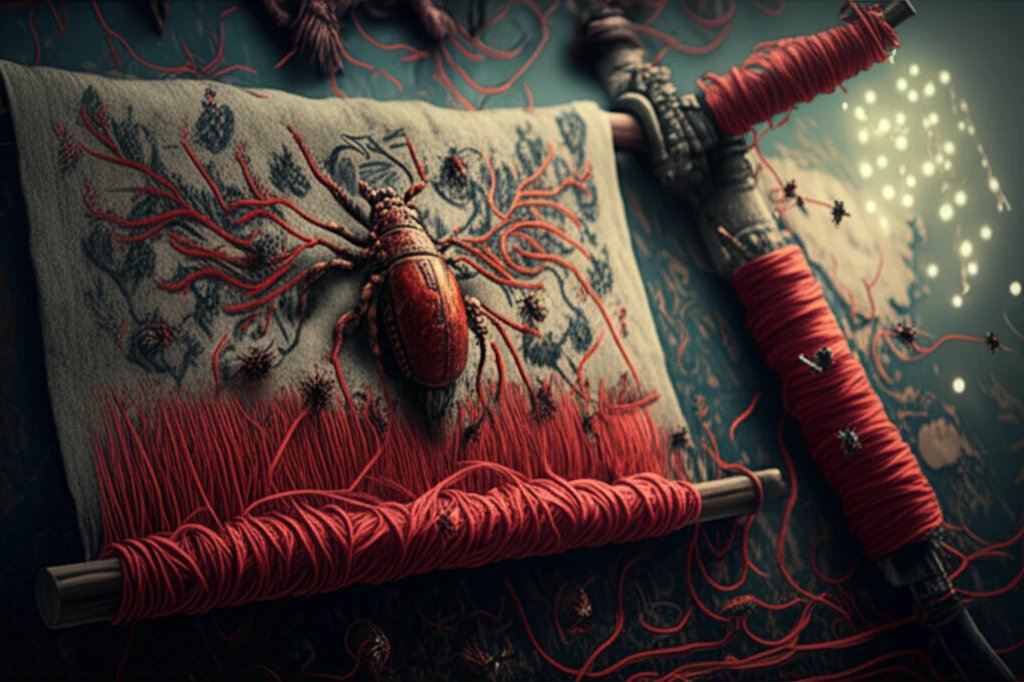
Red Alert: The Hidden World of Insect Dyes and Their Intriguing History
"Uncover the fascinating secrets of carminic, kermesic, and laccaic acids – the natural red colorants with a history richer than you ever imagined."
Throughout history, the allure of vibrant colors has driven trade, sparked innovation, and shaped cultures. Among the most captivating hues is red, and for centuries, some of the most prized red dyes have come from an unlikely source: insects. From the robes of royalty to the pigments used by master artists, insect-derived dyes like carminic, kermesic, and laccaic acids have left an indelible mark on human civilization.
While synthetic dyes have largely replaced natural colorants in modern industry, the story of insect dyes remains a fascinating tale of history, chemistry, and global commerce. These dyes, extracted from tiny creatures, offer a unique glimpse into the ingenuity and resourcefulness of past societies. They also highlight the enduring connection between the natural world and the colors that enrich our lives.
This article delves into the captivating world of red insect dyes, exploring their origins, chemical properties, and historical significance. Discover the unique characteristics of carminic, kermesic and laccaic acids, and trace their journey from ancient civilizations to modern applications.
The Ancient Origins of Insect Dyes

The use of insect dyes dates back millennia, with evidence found in ancient textiles and artifacts from around the world. Kermes, derived from the Kermes vermilio insect, was one of the earliest known red dyes in Europe and the Middle East. Highly prized for its rich, scarlet hue, kermes adorned the garments of royalty and religious figures.
- Kermes: Dominated European reds before cochineal.
- Lac: Valued in Asia for dyes and shellac.
- Cochineal: Revolutionized the dye industry.
The Enduring Legacy of Insect Dyes
From ancient robes to modern cosmetics, insect dyes have woven a vibrant thread through human history. While synthetic alternatives now dominate the market, the story of these natural colorants serves as a reminder of the ingenuity, resourcefulness, and global connections that have shaped our world. By understanding the history and chemistry of insect dyes, we gain a deeper appreciation for the colors that surround us and the rich stories they tell.
